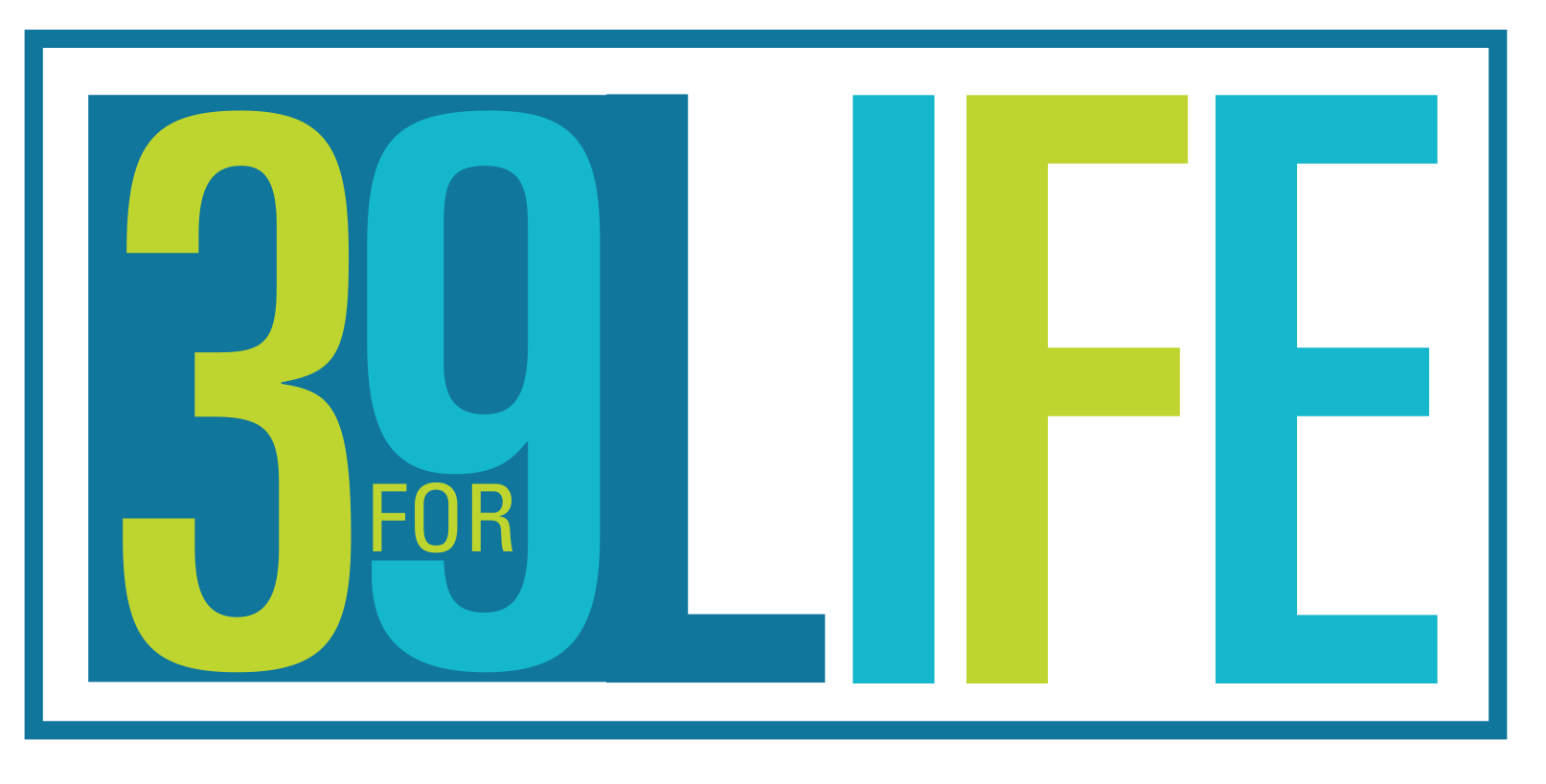As a senior care marketer tasked with filling occupancy at a senior living community or getting new clients for a home care agency, you definitely know your organization’s offering, pricing, and sales goals. But are you closely measuring the return on investment or “ROI” from your various lead sources, and then prioritizing your marketing expenditures accordingly?
Perhaps you know you should do so but don’t know how. Or maybe you’re not yet properly tracking how your new residents or new clients found you, and aren’t really sure if it was the newspaper ad or an online search engine that led to their call?
Very few marketers have an unlimited budget for advertising their business in every possible place and if you’re among the many who don’t (and even if among the lucky who do), it makes good business sense to know how well your marketing campaigns are doing and which referral sources are the most fruitful for you. It’s not as hard as you may think — here are some tips to help you.
First: Understand the ROI Formula
In its simplest form, it’s: “How much you spend to do something vs. how much you get from doing it,” which is measured as a percent. Another way this has been described or formulated is:
(Sales Growth minus the Marketing Cost) ÷ the Marketing Cost = ROI percent.
For example: If you earned $1000 in new sales revenue from a $100 marketing campaign, the ROI is 900%.
The formula for that is: ($1000-$100) ÷ $100 = 9, which is conveyed as 900% ROI.
Or put another way: you made $900 on a $100 marketing expense.
Second: Measure the Value of a New Customer
Do you know how much a new senior living resident or home care client is worth to your senior care business, or their “customer lifetime value“? Data used to calculate that figure includes: how much revenue they bring in (the rent and care rates) multiplied by the average length of stay or how long they remain a client.
For instance, if your senior living community earns $4,300 per month from a resident’s rent and care charges, and the average length of residence at your community is 18 months, you can estimate that the lifetime value of a new resident is $77,400. It wouldn’t then make sense in that case to spend $100,000 on a television advertising campaign if that marketing expense only generated one new resident for your community. Your organization would have spent $22,600 more than the revenue your business earned from that customer — and that’s before adding on your operating expenses like community utilities and employee salaries for those 18 months of serving that customer!
Third: Track Your Leads to Know Your Best Sources of New Customers
Even if you do know how much a single new customer is worth to you, you’re still going to need to know how that customer found you — or the source of that lead. If the lead is from an Internet referral source like Caring.com, the tracking is done for you (via “new lead” alert emails and other means) and thus easily measured. If the lead is from an offline referral source, such as a newspaper ad, event sponsorship, or a doctor’s recommendation, you’ll need to add the prompt, “How did you hear about us?” on your website forms, in your script for handling inbound calls, and in your other related follow-up for those leads. You could also provide a special offer or “mention this” code for each offline promotion — so that you can track how many new customers you got from those channels (in order to calculate if that particular marketing expense was a great value or too expensive). If you don’t know how your new customers are finding you, you can’t compare how one marketing campaign is doing vs. another — and can’t make data-based decisions to support greater ROI for your marketing.
Next: Use the ROI Formula for Each Referral Source and Expand Your Analysis
Once you understand how the formula works and have the various data you need to measure, do the calculations for each of your customer referral sources or marketing campaigns.
Katie Roper, VP of Marketing & Sales at Caring.com, provides several ROI calculation examples for both senior living communities and home care agencies in a free webinar she hosted on this topic last summer— you can peruse those calculations via the slides online. In addition to showing you the math, she takes senior care marketers through a series of questions to ask yourself about the various referral campaigns you’re trying, such as:
- “If it’s going to cost me $795 per month to advertise my community in the Yellow Pages, and I ran that ad for two years, is it worth it?” (See sample calculation in the “Using ROI to Make Business Decisions” portion of her presentation.)
- “What else could I spend those marketing dollars on, and what would those alternative campaigns yield in new sales?”
- “How much do these marketing ROI estimates change if I tweak the lead volume and conversion rate to anticipate fewer closed deals?”
Once you have a strong grasp on the ROI calculations by referral source, Katie’s presentation takes your analysis a step further by challenging marketers to consider the costs of empty beds in a senior living community or of the boost to revenue by getting the customers themselves to be referral sources via online reviews.
Bottom Line: Data-Driven Decision Making is Best
Savvy, successful senior care marketers are relying less (or not at all) on guesswork and gut instinct, and instead using financial facts and ROI calculations to figure out and prioritize their best marketing efforts. Hopefully, you’re among them or will find the information above helpful to experimenting with this analytical approach soon too.



